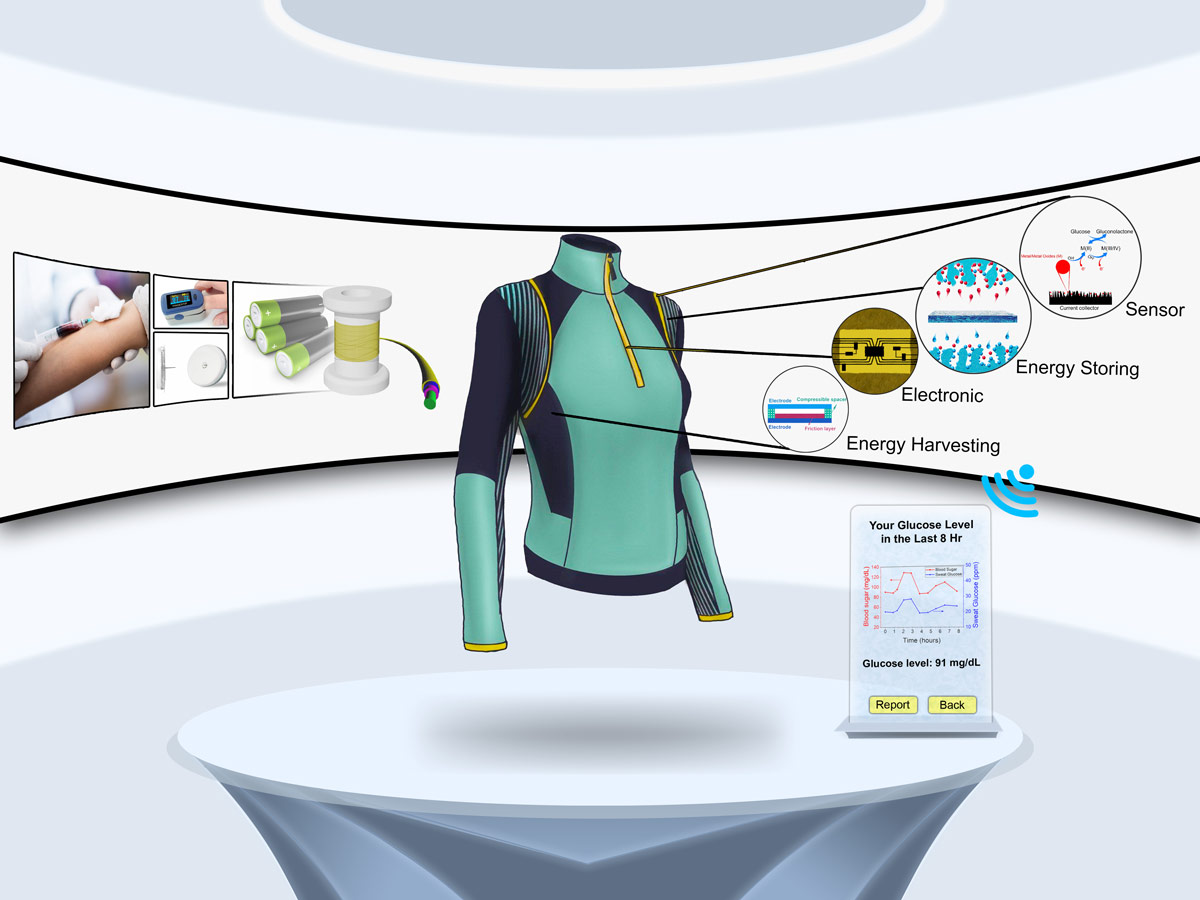Toronto Metropolitan University (TMU) researchers Reza Eslami and Hadis Zarrin have developed non-invasive sensors powered by movement that can determine the blood sugar levels of diabetes patients from their sweat. The researchers aim to revolutionize diabetes management by creating a user-friendly, continuous glucose monitoring (CGM) system that integrates these sensors into clothing and accessories, allowing diabetes patients to self-monitor their glucose levels 24/7.
Self-powered CGM smart wearables could significantly improve diabetes patients’ quality of life by enabling them to regulate their overall blood sugar level and meet glucose targets consistently. In addition, CGMs could play an essential role in predicting the risk of diabetes development before onset.

Zarrin, the principal investigator at TMU-based Nanoengineering Laboratory for Energy and Environmental Technologies (NLEET) and a chemical engineering professor, collaborates with Eslami, a chemical engineering PhD candidate and his start-up, Sensofine, to make this technology widely available. They use machine learning and input from fashion designers to develop smart wearables made of high-performing materials and consider various factors in their design, including accessibility, culture, gender and age.
Funding for this project provided by Mitacs. To learn more about how Mitacs supports groundbreaking research and innovation, visit the Mitacs website.

